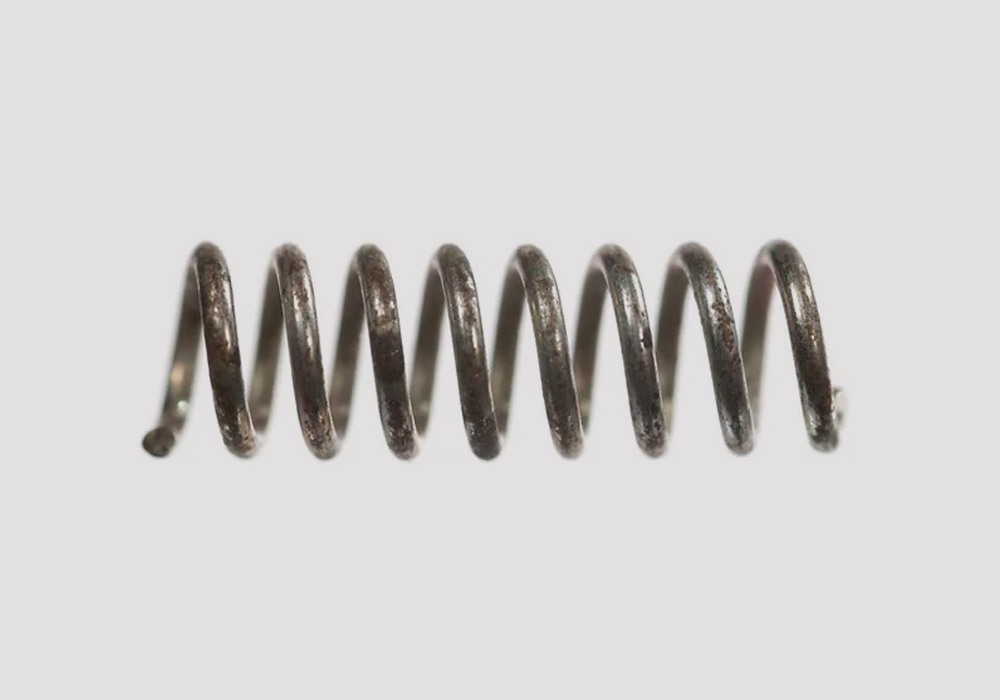
Spring Maintenance Tips: How to Extend the Lifespan of Your Springs
Springs are essential components in various industrial applications, and their proper maintenance is key to ensuring their longevity and optimal performance. Neglecting spring maintenance can lead to premature wear, costly repairs, and downtime. In this blog post, we'll walk you through essential spring maintenance tips that will help you keep your springs in excellent condition.
1. Introduction to the Importance of Spring Maintenance
Before diving into maintenance tips, it's crucial to understand why regular spring maintenance matters. Proper upkeep ensures that your springs operate efficiently, reducing the risk of unexpected failures that can disrupt your operations.
2. Inspecting Your Springs
Start your maintenance routine with a thorough visual inspection. Look for signs of wear, corrosion, or damage. Pay close attention to any irregularities, such as cracks or deformation. Identifying issues early can prevent more significant problems down the line.
3. Cleaning Springs
Cleanliness is paramount when it comes to spring maintenance. Use appropriate cleaning methods for your specific spring type, removing dirt, debris, and contaminants. Be sure to follow manufacturer recommendations for cleaning solutions and tools.
4. Lubrication
Lubrication reduces friction and wear on springs. Choose the right lubricant for your springs, considering factors like temperature and load. Proper lubrication not only extends the lifespan of your springs but also improves their overall performance.
5. Tension Adjustment
Regularly check the tension of your springs and adjust it as needed. Over time, springs may lose their tension, affecting their load-bearing capacity. Be cautious not to over-tighten, which can also lead to premature wear.
6. Storage Tips
If you have spare or unused springs, store them properly to prevent rust or degradation. Ensure they are kept in a dry and controlled environment, away from moisture and corrosive substances.
7. Environmental Considerations
Consider the environmental factors that your springs are exposed to, such as temperature, humidity, and chemical exposure. Take protective measures if necessary, such as coatings or covers, to shield your springs from adverse conditions.
8. Regular Maintenance Schedule
Establish a routine maintenance schedule based on your spring type and application. Whether it's quarterly, annually, or another frequency, consistency is key to effective maintenance. Create reminders or checklists to ensure you don't miss crucial inspections.
9. Safety Precautions
Always prioritize safety when working with springs. Wear appropriate safety gear, including gloves and eye protection. Additionally, ensure that equipment is securely fastened during maintenance to prevent accidents.
10. When to Seek Professional Help
Know when it's time to call in the experts. If you encounter complex issues or require specialized testing and calibration, don't hesitate to seek professional assistance. Shama Spring offers expert maintenance services to address your needs.
11. Common Spring Problems and Solutions
Familiarize yourself with common spring problems like sagging or misalignment and learn how to troubleshoot and rectify these issues effectively.
12. Test and Calibration
Testing and calibrating your springs is essential to ensure they meet performance standards. If you're unsure about the process, consult with Shama Spring or a qualified expert.
13. Customer Testimonials and Success Stories
Discover how other customers have benefited from proper spring maintenance. Real-world examples highlight the value of regular upkeep and the positive impact it can have on your operations.
Conclusion
In conclusion, spring maintenance is a critical aspect of ensuring the longevity and performance of your springs. By following these maintenance tips and seeking professional assistance when needed, you can extend the lifespan of your springs and minimize costly disruptions to your operations.
Call to Action
If you require expert guidance on spring maintenance or maintenance services, don't hesitate to reach out to Shama Spring. Our team is here to assist you in keeping your springs in excellent condition.
By following these spring maintenance tips, you can safeguard the performance of your springs, reduce downtime, and ensure the smooth operation of your industrial equipment. Remember that proactive maintenance is an investment that pays off in the long run.







